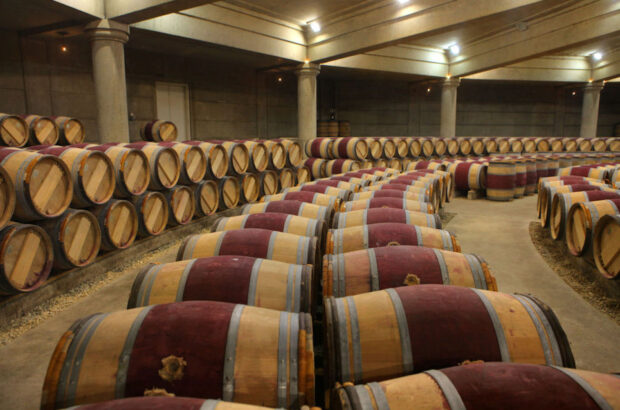While vineyards are managed one vintage at a time, farming practices take a longer view. A survey of the Napa Valley Grapegrowers members found that, on average, about 90% wanted more education and resources for water conservation, climate resilience and climate-smart farming opportunities. This grant will go a long way to help provide those resources.
‘Farmers are by nature risk averse,’ said Molly Williams of Napa Valley Grapegrowers. ‘Climate change poses considerable risks. We aren’t planting for next year’s crop in vineyards but the next 30 years and beyond. A desire for agricultural permanence demands that we address climate resilience. Napa Valley grape growers are eager to learn more about climate science and how to plant and maintain future vineyards, mitigating as much immediate and long-term risk as possible.’
While Napa Valley has fared better than much of the state, California remains in a severe drought over the last 22 years. Because of the cache and name recognition that comes with the Napa Valley, the grape growers here have an opportunity to be at the forefront, establishing vineyard management practices that might be useful in other parts of the wine-growing world where climate change becomes more pronounced.
‘In Napa Valley, our impact is geographically small,’ Williams added, ‘but our solutions can impact a global scale. There are only 45,000 acres (18,200 hectares) of vineyards in Napa County, but there are 18 million worldwide, and 11% of the planet is covered in farmland. What models can we build and share? It’s an exciting question.’
Bill Muir-Hanna is John Muir’s great-grandson and the owner of Muir-Hanna Vineyards and has been farming in Napa for a long time. He said: ‘The biggest change I can discern with climate is the increase in variability of our weather.
‘If I look at picking dates, our latest and earliest picking dates over the last 40 years have occurred in the last ten. Similarly, spring bud break has fluctuated by nearly six weeks, although the average or mean date is drifting earlier. There are far fewer winter cold nights than I recall in the 1950s, although our record cold occurred in the 1990s. While we are buffered by our proximity to the bay and ocean, we do need to do all we can to minimise our contribution to the root causes and plan to adapt our viticultural practices to be more resilient during the extremes of our weather.’
As the California drought continues, the risks and variability will likely increase. This may mean less access to water, and other unknowns, like pest and disease risk in the vines, and even an increase in growing degree days. The US Department of Agriculture grant funding will go directly towards water management and recycling education programmes for Napa Valley growers and help them prepare for possible environmental regulations at the state and county levels.







